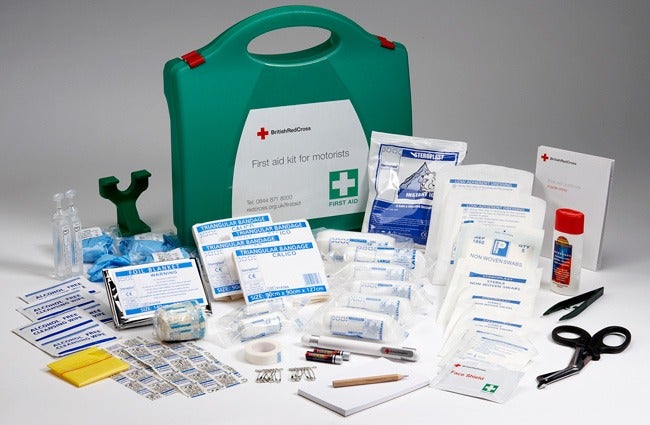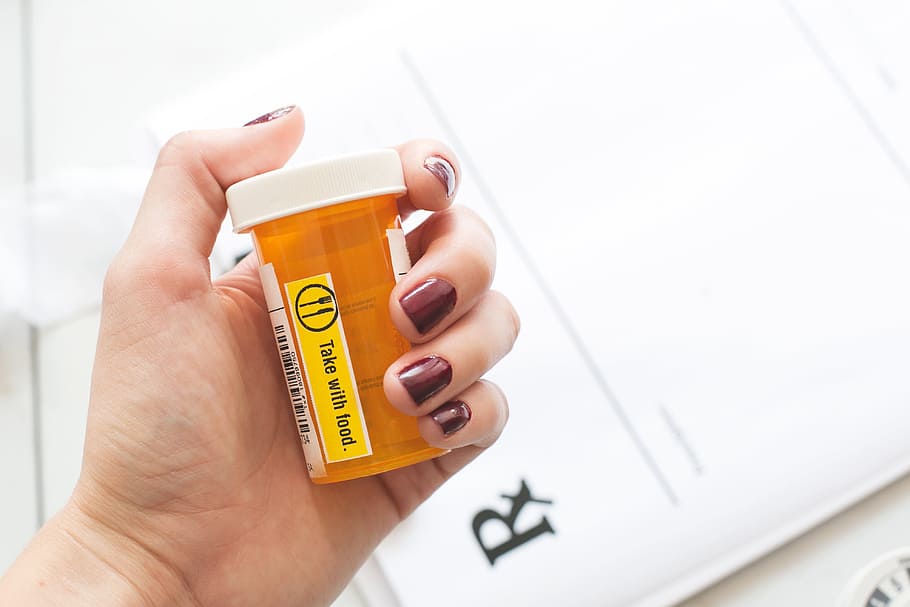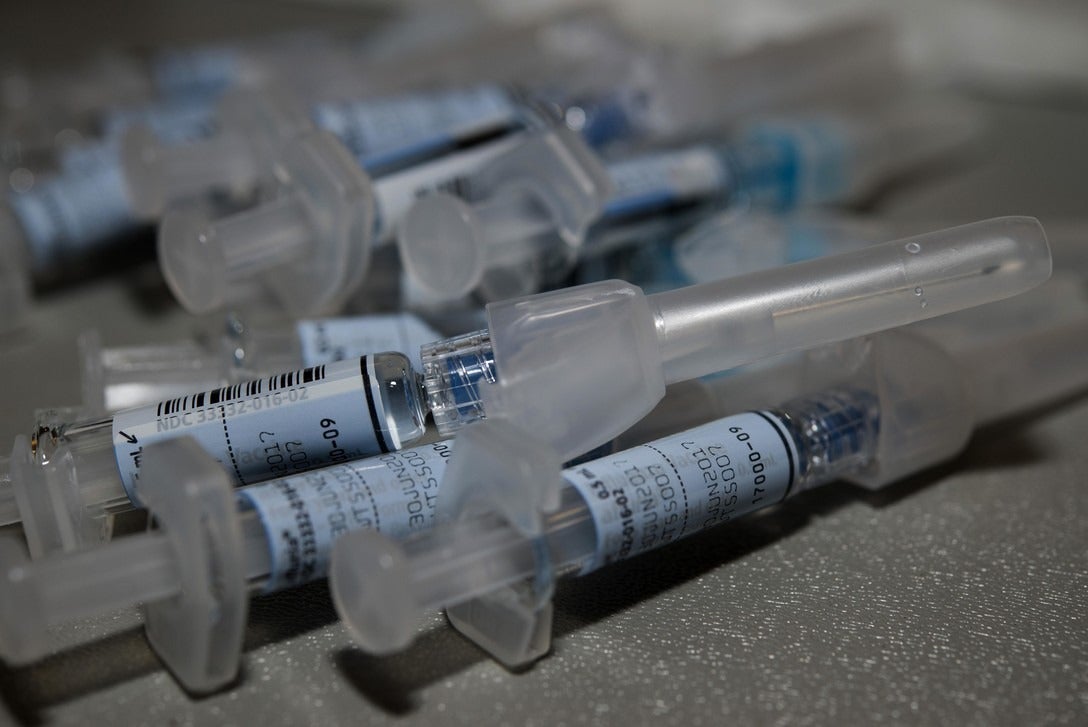
The global market for sustainable packaging is rapidly developing, but medical device companies are still lagging behind their personal-care, food service and shipping counterparts. Peylina Chu, executive director of the Healthcare Plastics Recycling Council, speaks to Medical Device Developments writer Emma Green about key principles to consider in bringing the medical device industry up to speed.
It is estimated that one million tonnes per year of non-infectious medical plastics are available for recycling in the US, with equivalent amounts in Europe and Asia.
However, notwithstanding its environmental impact, plastics have offered huge benefits to the industry.
These include enhancing patient safety and making lighter packaging to save fuel and costs when transporting supplies.
Over the past few decades, there has been growing awareness of the environmental hazards related to the disposal and recycling of packaging, numerous government initiatives and increasingly stringent regulations.
Despite these drivers, the complex and dynamic nature of the medical device industry makes it more difficult to implement environmentally friendly practices into the supply chain.
Peylina Chu, director of Healthcare Plastics Recycling Council (HPRC), is up for the challenge.
She is passionate about identifying and addressing barriers throughout the supply chain.
Together with a small, but highly active, group of members and advisory board, Chu is keen to educate relevant individuals and organisations, and promote opportunities to recycle medical plastics more widely.
Two aspects are particularly problematic within the industry — the first of these is the amount of regulation around patient safety.
Chu says: “They need to be able to get approval of a particular plastic device or plastic packaging to make sure that it is safe for patient use.
“This means that any design changes need to go through that rigorous approval process, which is very expensive.”
The second is what Chu calls the ‘ick factor’.
She adds: “After being used and disposed of, a lot of recyclers are concerned about infectious materials, perhaps a syringe, or stuff that’s not the usual consumer or residential trash.”
Further complications arise due to the lightweight nature of the materials, which makes them expensive to transport, and the lack of recycling centres.
In light of these difficulties, adopting a collaborative approach is key.
In order to ameliorate issues further down the supply chain, it is imperative to make packaging recycling friendly right from the start.

Chu says: “This is where we’ve been working with the sustainable packaging coalition to make sure that we are talking about the same issues when it comes to designing the packaging.
“Things like not mixing materials within a single package, not having a metal screw cap on a plastic bottle and trying to minimise the paper labels that are used on plastic packaging.”
Although all of these issues can be dealt with by recyclers, this is an extra step.
Chu says: “It costs more money, it takes more energy and it just makes that whole recycling process less profitable.”
It is thus better to prevent these problems from occurring in the first place.
Educating doctors and nurses on the importance of sustainable medical packaging
There are also efforts by the HPRC to teach hospital staff about what and how to recycle.
This includes being proactive about identifying materials and treating them appropriately.
Chu says: “One of the best practices that we like to talk to hospitals about is removing packaging before the patient is even brought into the operating room.
“That way, you can make sure that those plastic packaging materials are kept clean, they don’t have infectious materials or blood on them, and instruments are not accidentally tossed into the bin.”
At the end of the chain, the HPRC is tackling the practices of recyclers.
This includes providing education and encouraging more communication.
Chu says: “There’s a lot of this material out there and they may not have thought to talk to hospitals about recycling.”
Emphasising the value of these plastics, particularly compared with consumer materials, is central to getting this buy-in from recyclers.
“They have a tighter spec, and in a lot of cases the materials are sterile,” explains Chu.
“The material is also denser, so if it’s properly sorted it can actually have a higher market value.”

Although the HPRC is only concerned with recycling efforts, this is addressed from multiple angles because of the variety of companies involved.
This includes suppliers, medical device manufacturers, academic healthcare facilities, healthcare systems and recyclers.
Chu says: “I like to say that we’re an inch wide and a mile deep.
“We only focus on recycling but we look at recycling from a lot of different perspectives, and I believe that our group does some quite meaningful things for the industry.”
One of the surprising aspects of the HPRC is that members are often companies who would not otherwise be working together.
“Even though this group includes competitors, this is an area where they can come together and see that by collaborating they’ve got a better chance of being successful in the industry,” explains Chu.
Central to the success of this cooperation is the enthusiasm and dedication of the individuals and companies involved.
Chu says: “They are individually passionate about the environment and the planet but at the end of the day, it’s got to make sense for their own business.”
The result of this collaboration has been a number of publicly available resources for individuals and organisations interested in expanding their sustainability efforts.
“We have a toolkit that’s free for hospitals to download, it’s called HospiCycle,” explains Chu.
“It’s for hospitals that are interested in starting up a recycling programme or improving or expanding upon an existing recycling programme.”
This also includes resources to help aid the design of more sustainable design methods.
Chu says: “We also have guidance for manufacturers, talking about how designing for recycling is really important.
“There’s things that make it easy to recycle, and things that make it more difficult to recycle.”
Switching attention from the US to Europe — and the influence of the China ban
To date, the majority of the work of the HPRC has been conducted within the US.
However, in recent years the coalition has begun to expand its remit to Europe.
Chu is acutely aware of the large differences between countries in Europe, as well as those between Europe and the US.
Interestingly, the environment within Europe has tended to be permissive rather than restrictive in integrating recycling into working practices.
Chu says: “In some ways, the regulatory landscape, economy and healthcare systems actually help the recycling scenario in Europe compared with the US.
“We’re finding that some of the challenges that we find within the US aren’t as big of an issue, or even an issue at all, within Europe.”
Technological progress within Europe has also been beneficial for the aims of the HPRC.
Chu adds: “There are a lot more drivers and I think there’s greater urgency and advancement in technology in Europe than in the US.”
Significant international events, such as the China ban on waste imports, might be expected to cause disruption to recycling efforts but have actually been a positive influence.
“One of the things that I see here in the US is that now, because of the China ban, the return on investing in a recycling facility or new recycling technology in the US is becoming better,” explains Chu.
This is having a much wider impact than just medical plastics.
Chu says: “We’re now seeing investment in recycling facilities and technology within the US that will certainly benefit the medical industry if not other industries that we would never have seen without the China ban.”
Changing attitudes within the medical device industry
Learning from these other sectors has also been helpful as they face similar issues with plastic packaging.
“One of the issues that we’re working with here in the US is multilaminate packaging, which is also a challenge within food, beverage and consumer types of packaging,” Chu explains.
“You can now get a piece of clear-looking packaging that looks like polypropylene or high-density polyethylene but is actually sandwich materials, but you can’t tell from just looking at it.”
Although the HPRC has a narrow focus, Chu acknowledges that other strategies are needed to improve sustainability within the medical industry.

She says: “We are concentrating on recycling specifically but I know that all of our member companies are also focused on reducing the amount of plastics used in their packaging.
“That’s something that’s very important as well.”
Looking to the future, it is clear that there is still a lot to be done to improve the sustainability of medical packaging.
This involves action from a number of different stakeholders, including manufacturers.
Chu says: “They could look at improving their packaging design.
“There are still paper labels being used but there needs to be a transition to recyclable plastic labels or even printing directly on the packaging.”
Such developments have already begun to be implemented in the food industry and this trend is likely to continue over the next few years.
At the other end of the chain, increases in sustainability efforts will open up new avenues for financial gains.
Chu adds: “We’re focusing on those unique nuances of healthcare packaging, educating recyclers and hospitals about how to generate that clean stream of materials so that it doesn’t have blood and other yucky stuff on there.
“As recyclers better understand this, there will be a market pull for these materials – brand-owners stepping up and saying yes we want to buy recycled materials.”
Although the medical industry is inherently complex, Chu remains optimistic about the sustainability of packaging.
She adds: “It’s a time of a lot of different moving parts right now, which I think are going to be positive for much of healthcare plastic recycling and plastic recycling in general.”
The drive for more environmentally friendly practices across industries is only going to increase in upcoming years.
However, it is imperative that large-scale changes to the environment are made to be able to accommodate these strategies.
Chu says: “We’re hoping that, with this new-found momentum and visibility, a lot of large organisations will start rethinking our recycling infrastructure, how that can be improved and the capital investments that need to be made.”
This article originally appeared in Vol. 1, 2019 of Medical Device Developments magazine.



